Recently, a research group from the Institute of Theoretical and Experimental Biology of the Russian Academy of Sciences made use of polyamide fibers with a diameter of less than 15 nm to create an ultra-light fabric with better filterability and optical performance than other similar materials, which can significantly improve its air quality. Purification effect.
Allegedly, this material not only meets the weight requirements - it weighs only 10 to 20 mg/m2, and its optical effect is comparable to glass, with a light transmittance of 95%. At the same time, air filtration is good, air flow resistance is low, and the filtration efficiency for particles with a diameter of 0.2-0.3 μm is as high as 98%.
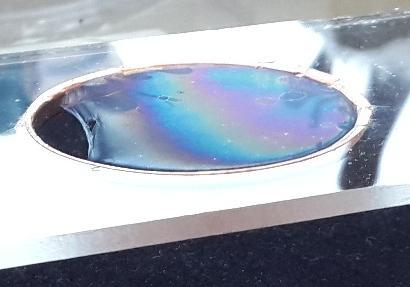
What is it that makes this material so effective? The key lies in the team's technical improvement of electrospinning: under the action of an electric field, the dissolved polymer is sprayed to a specific target through a special nozzle while the other direction is electro-sprayed ethanol. The polymer and alcohol ions have opposite charges to each other and when they collide in the air, they can bind tightly to form an ultra-thin electrospun nanofiber film. Unlike obtaining nano-polymers on a solid conductive substrate, this new technology provides a 55mm hole in the conductive polycarbonate substrate of the filter, which attracts the formed fibers to the surface.
In 1902, for the first time, the United States used fiber jets to prepare fibers under electrostatic field forces. In 1934, Formhals proposed electrospinning technology in the United States and applied for a patent. As early as the 1950s, electrospinning nanofibers have been used in industrial production. Since its development, nanospinning technology has gone through three stages: needle-type, multi-spray-head and needle-free. In addition, various new technologies, new technologies, and new technologies are also emerging.
Needle-type electrospinning
The basic device for needle electrospinning generally includes three parts: a high-voltage power supply, a spinneret (needle) head and a receiving device. The principle of technology is to use high-voltage electrostatic field to excite the polymer to generate a large amount of electrostatic charges on the surface. Under the action of electrostatic repulsion, the droplets of polymer droplets are ejected through the needle, the polymer is accelerated and refined, and the solidification is finally cooled. Nano-scale microfibers are formed and composited on the substrate. U.S. Donaldson's Ultra-Web nanofibers are representative products of industrialized needle-type electrospinning, and are still the most mature producers of electrospinning nanofiber-compliant filter media technology worldwide.
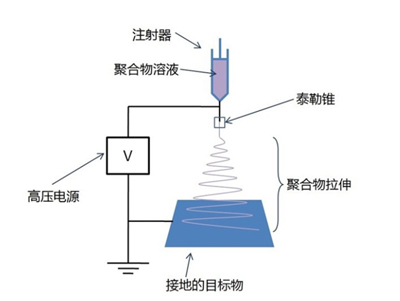
Needle type electrospinning basic device
Multiple nozzle electrostatic spinning
Although electrospinning is the preferred method for producing submicron fibers on an industrial scale, electrospinning still has many limitations, such as low productivity. Some companies have attempted to increase electrospinning production by using more nozzles to form more fibers, such as Japanese ITOCHU Corporation, NanoStatics of the United States, Toptec of Korea, and others. However, the number of ejectors required to achieve commercial productivity is as high as several thousand. This will lead to many challenges in the reliability of the production process, the stability of the quality and the maintenance of the machinery.
The melt differential electrospinning technology developed by the team of Professor Yang Weimin of Beijing University of Chemical Technology in China solved the problem of differential flow refinement of high-viscosity polymer melts. It also invented the parallel technology of melt differential multi-nozzles and used 32 nozzles (each head 50 to 90 holes) can produce fibers with a diameter of 500 to 800 nm and a yield of up to 600 g/h.
Needleless Electrospinning
Because needle-type spinning equipment has the problems of easy-to-block orifices, low fiber yields, increased production of multiple nozzles, and interfering spray jets, the Czech company Elmarco has produced the world's first nanofiber electrospinning machine for industrialization. - Nanospider (Nanospider; NS). The spinning principle of nano-spiders is called free liquid surface electrospinning. The spinning process achieves greater efficiency from point (needle) to line (electrode) expansion.

Elmarco's Latest Nanospider Production Equipment
Prof. He Jihuan from Soochow University in China put forward another kind of nanofiber fiber technology with the prospect of bubble dynamics, bubble electrospinning technology. The bubble electrospinning technology is based on the dynamics of bubbles, forming a uniform spherical bubble with a stable crushing frequency in the spinning solution surface, and using a static electricity and an external air flow as a power to overcome the surface tension of the air bubble to complete the spinning process, greatly improving the The controllability and efficiency of nanofiber production is a brand new spinning method with complete independent intellectual property rights in China.
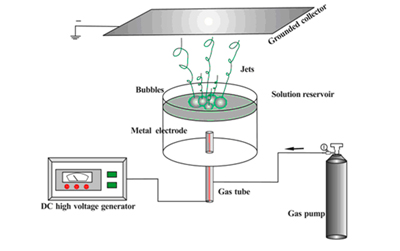
Bubble electrospinning device schematic
In addition, the formation of new polymer nanofibers continues to emerge, and some of the more mature technologies have also been commercialized, such as Solution Blow Spinning, Forcespinning, Blending Membrane method (HMT) and electroblowing, centrifugal spinning, liquid shear spinning, and the like.
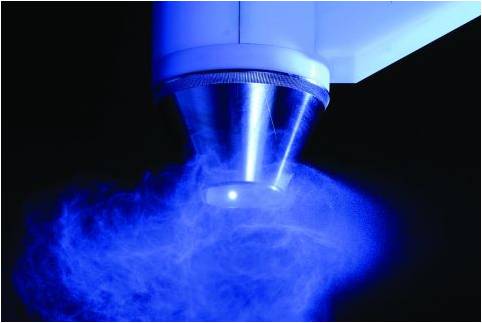
Centrifugal spinning nanofiber technology
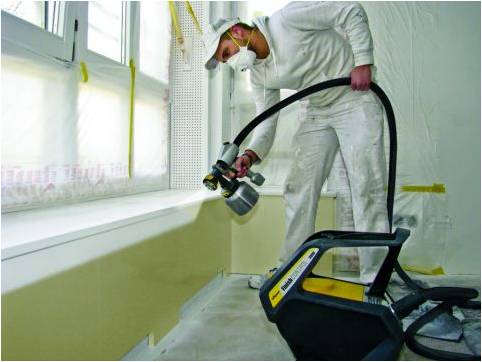
US scientists have used the principle of guns to create nanofiber technology that can be sprayed and applied to wounds
Scientists even tried to make nanofibers instead of medical sutures using ordinary spray guns for graphic arts and car painting. The continuous development of these new technologies will surely inject new blood into the nanofiber industry and change our lives. It can be said that the market formed by nanofibers and the technology itself is not the final market. It has very strong driving and enabling capabilities. Looking into the future, I believe that nanofiber technology will promote the transformation of design guidelines, equipment and systems in many industries and increase their value.
For more content, please follow this site
Shangri-la curtains are using polyester fiber fabrics, not easy to edge grinding, environmentally friendly. Strong shading, simple structure of the track and bracket in the installation of more convenient, and easy to clean, long time bright as new fabric. Shangri-la curtain can be divided into pearl chain pull type and electric take-away type according to the operation mode, which can not only reduce the solar radiation, but also keep the indoor air smooth.
White Roller Blinds,Fabric Window Shades,Shades Window Blinds,Curtain Blind Shangri-La
SHAOXING JEVA IMP.&EXP CO., LTD. , https://www.sxcurtain.com